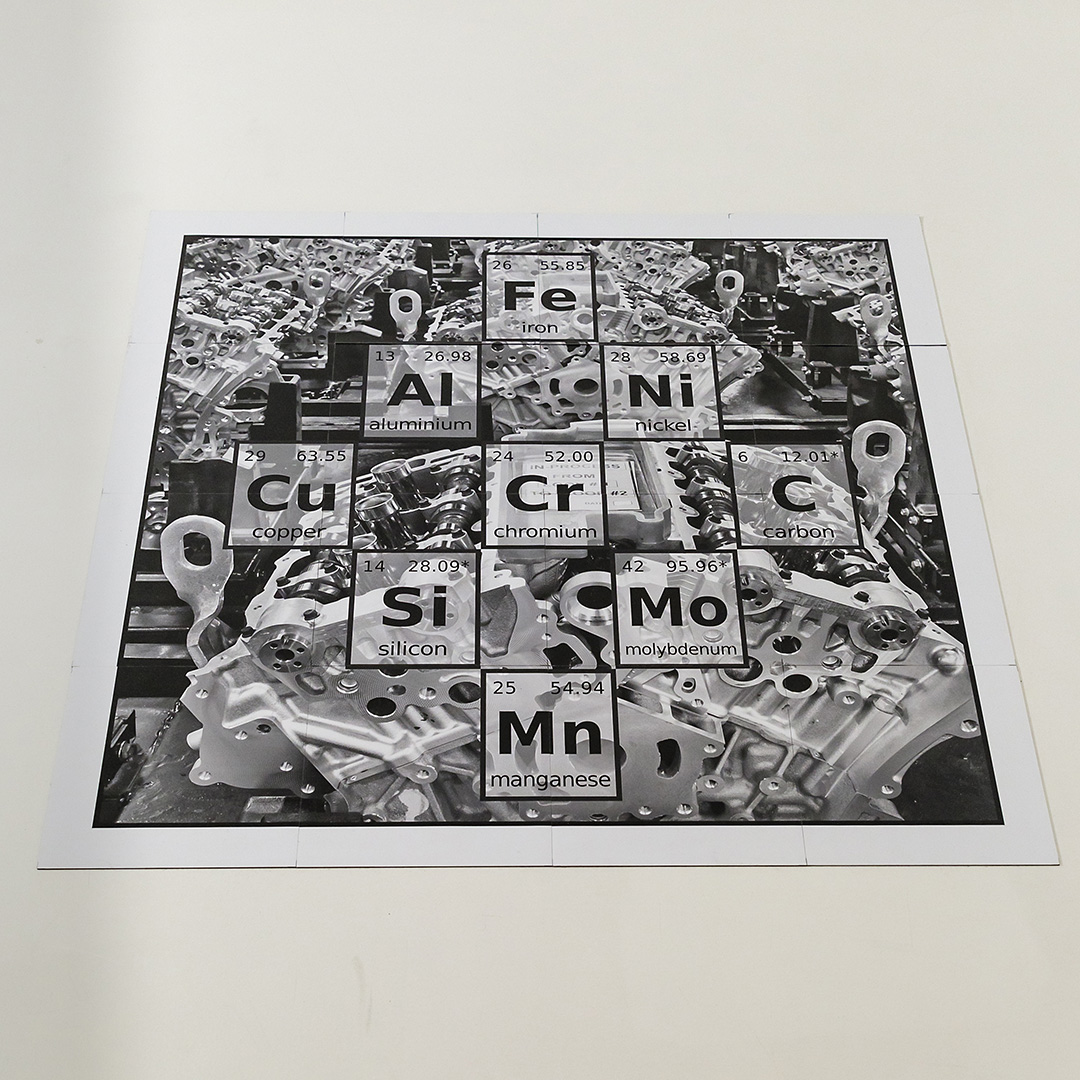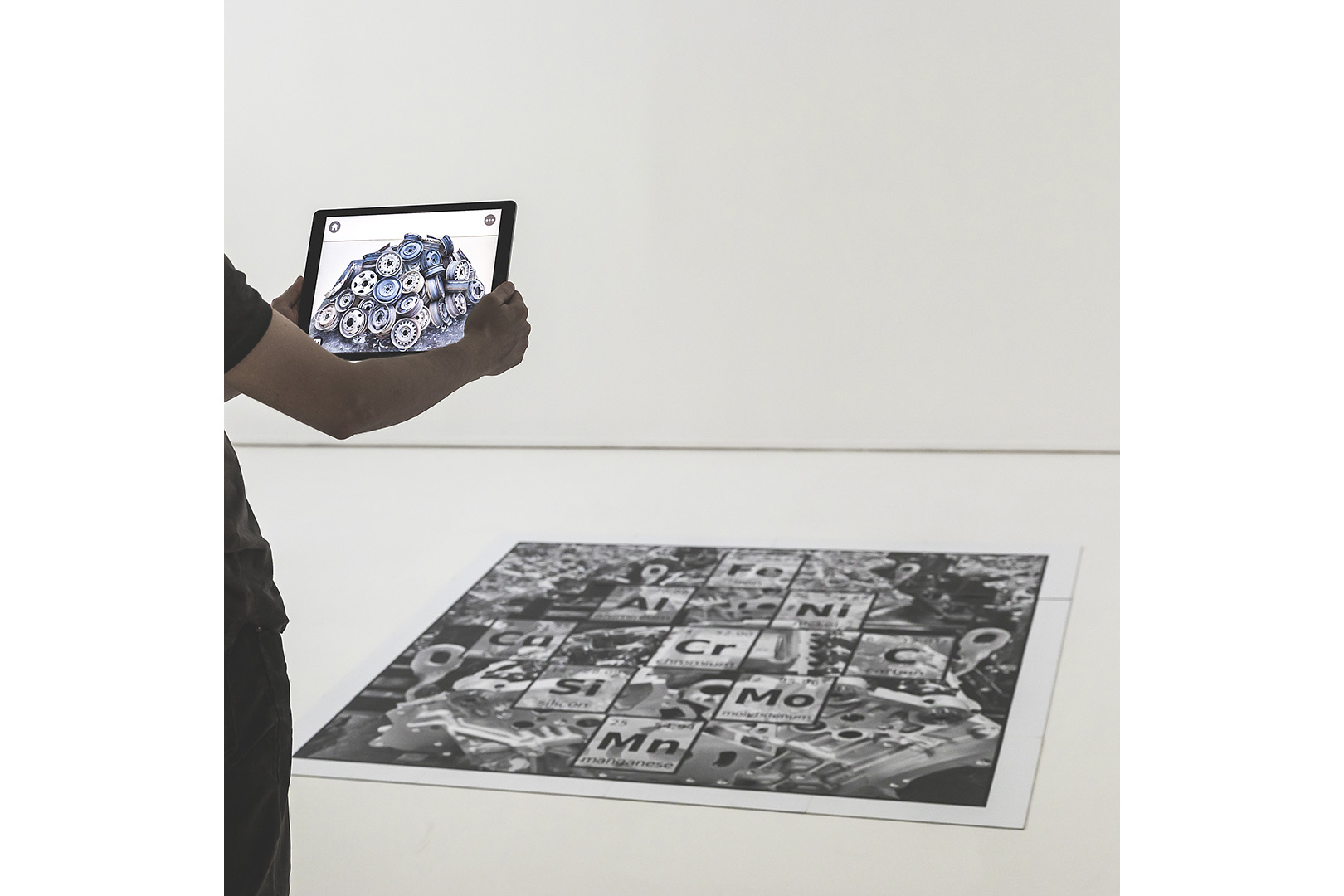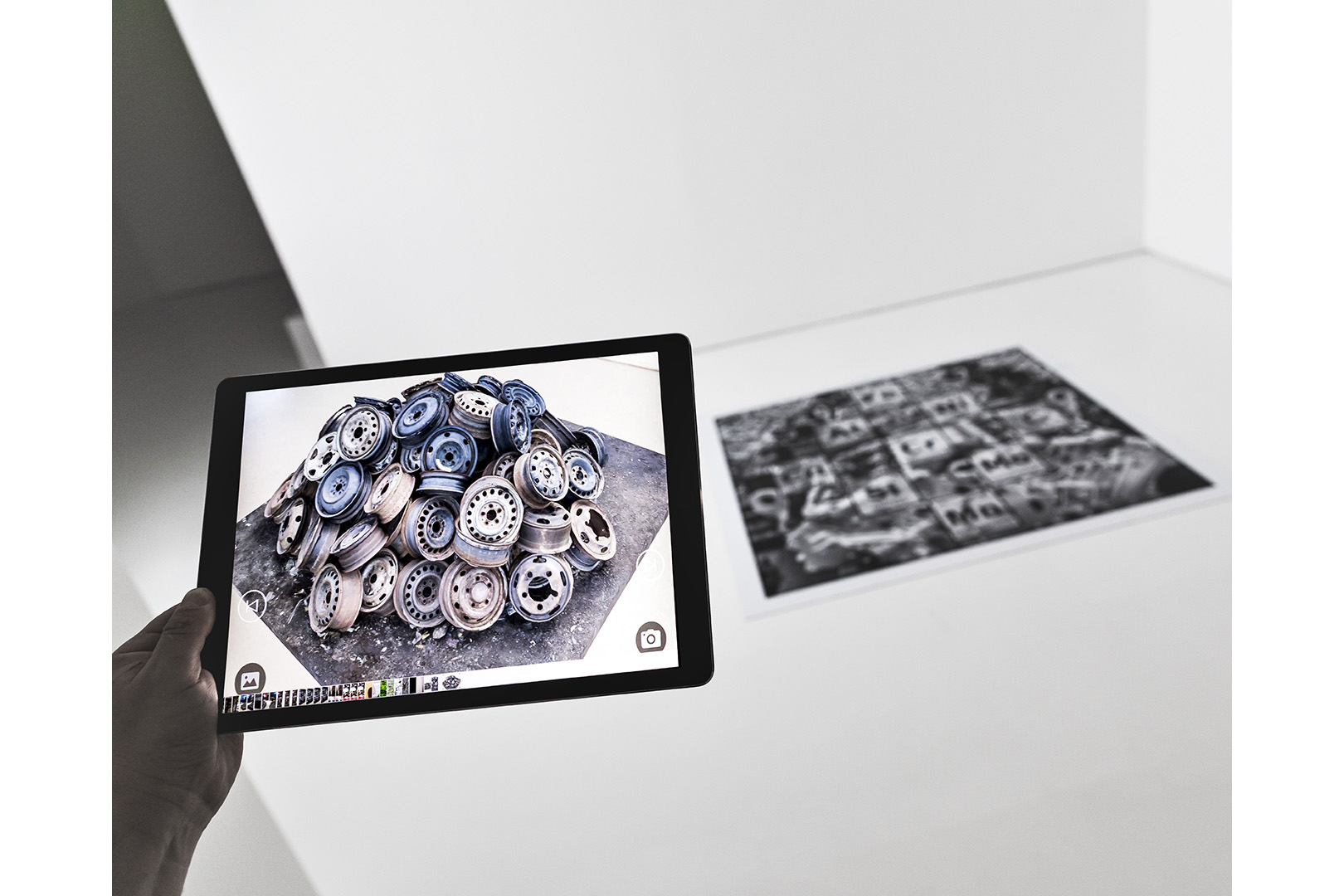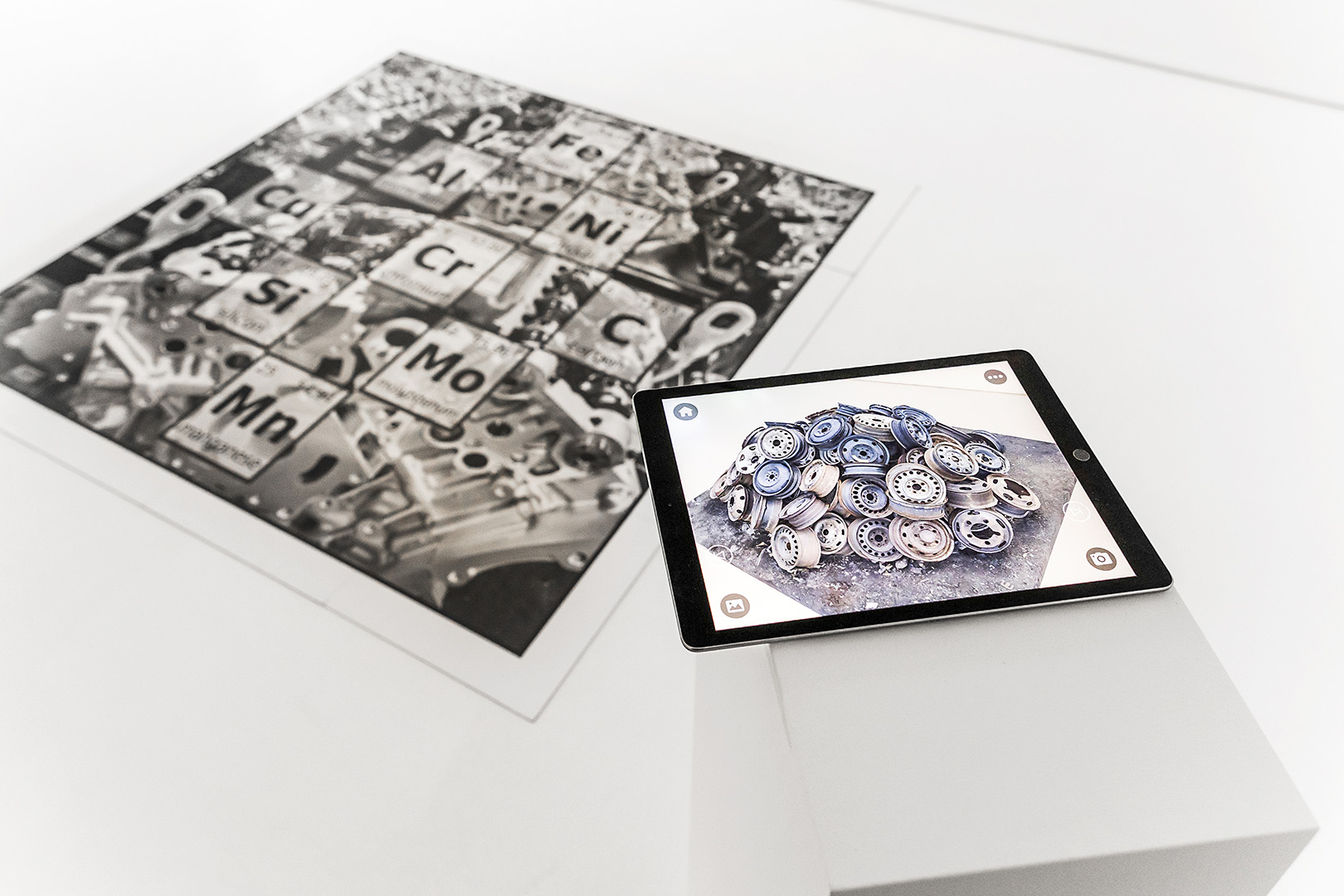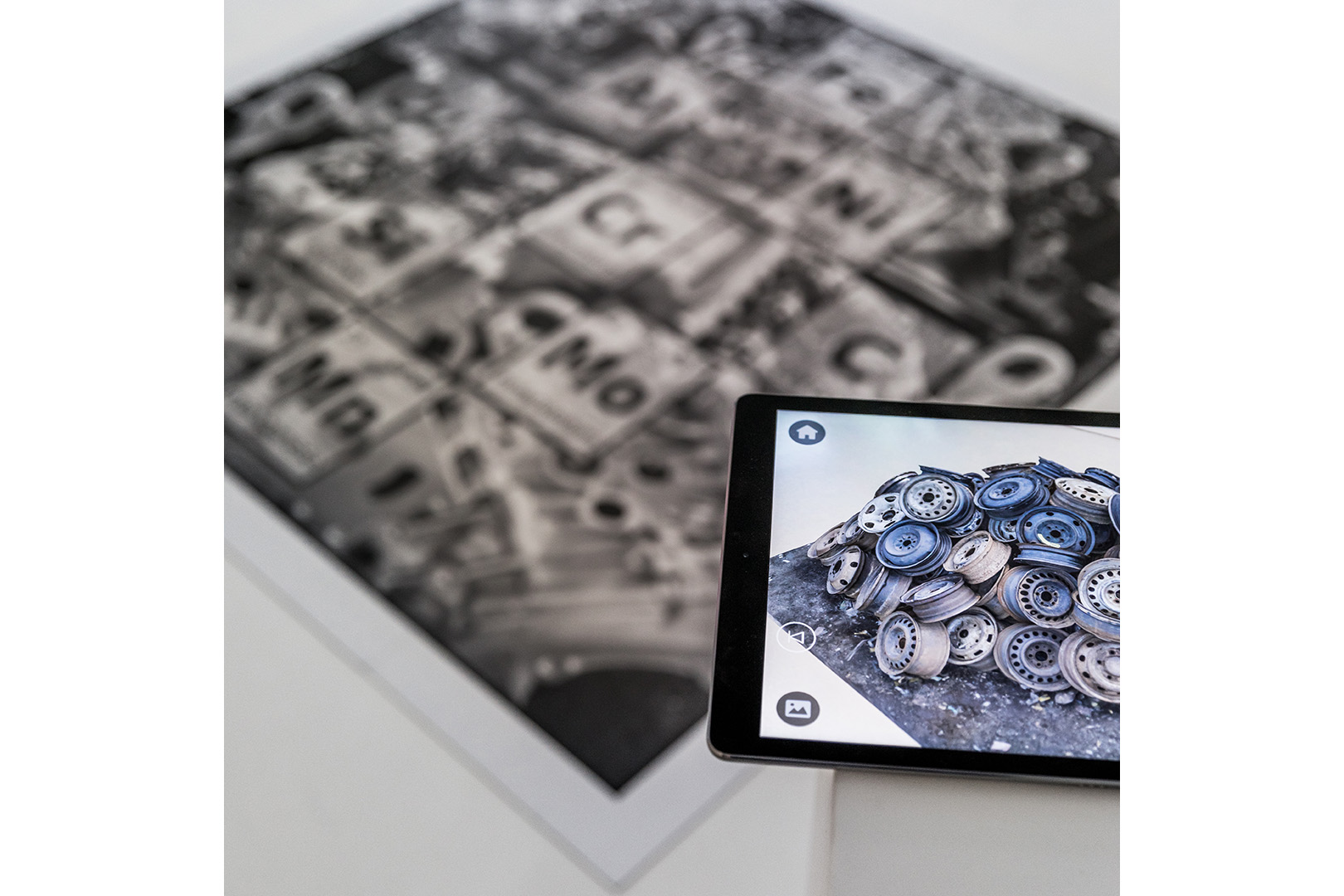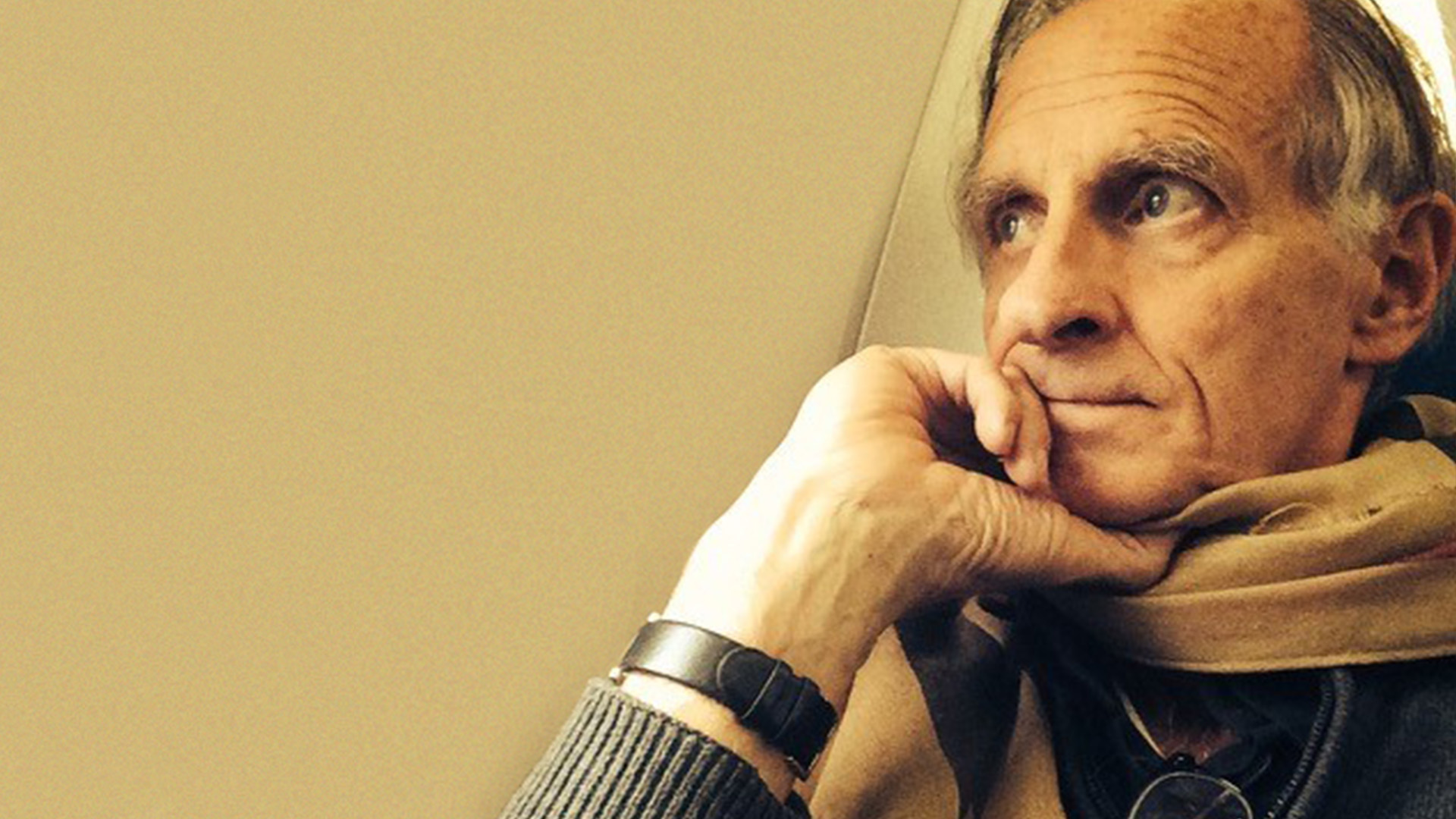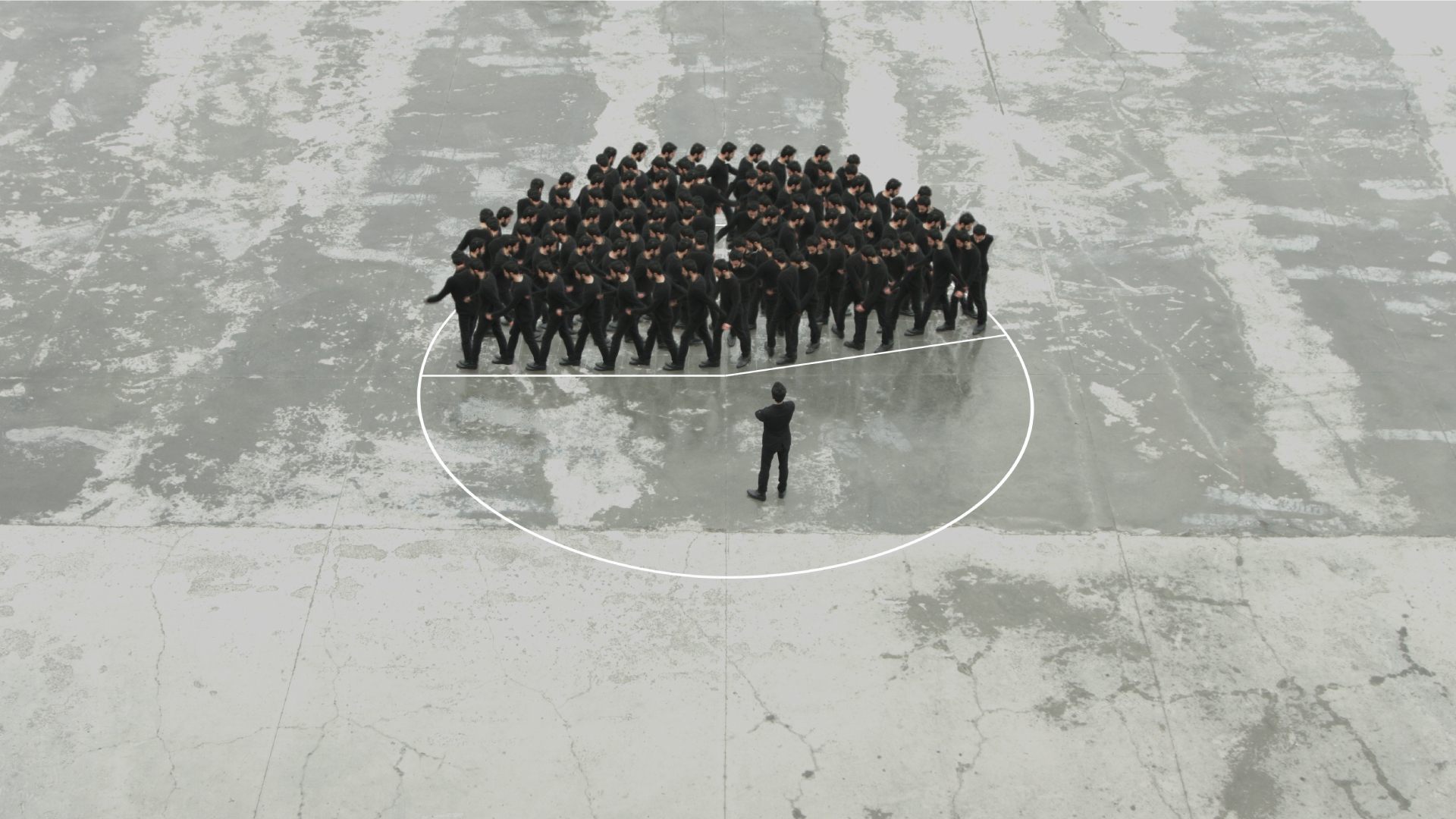Blog
Anthropocene: Augmented Reality
16 May 2019 Thu
Curated by Kathleen Forde, Overture: Selections from the Borusan Contemporary Art Collection opened its doors to visitors on March 9th at the Haunted Mansion...

DENİZ CAN
denizdcan@me.com
This exhibition, which is on view until July 28th , includes a work by the Canadian photographer, Edward Burtynsky. Borusan Contemporary acquires and presents works that utilize the possibilities offered by technology and this exhibition curated by Forde is no exception, meeting the viewer’s expectations to see works in different media. The exhibition invites viewers to look closely at the contemporary uses of photography to see the creative solutions artists have produced. I was thus pleased not to have missed the chance to see Burtynsky in a different light within this framework, whom we recognize with his mesmerizing landscapes.
Edward Burtynsky is an artist who has worked mainly in photography. However, the artist's mastery in this field and his desire to create a visual effect lead him to different technological research connected with photography. But how does this work in a white cube museum setting catch the viewer’s attention? Burtynsky’s AR #1, Scrap Engine and Rims, Agbogbloshie Recycling Yards, Accra, Ghana / Floor Size Experience presented in this exhibition transforms the physical space using augmented reality. It is much similar to a feeling of discomfort caused by a bucket of garbage dumped in the middle of your room. The tools that provide this transformation are a tablet and “pedestal” on the ground where the augmented reality appears.
The visual experiment contrasts the three-dimensional images seen through the tablet screen and what is immediately seen by the viewer, evoking a shocking reaction at first glance. Although the work appears to want to disturb the viewer at first, it succeeds in alluring them back. The basic principle of the exhibited work is based on the fact that augmented reality can be obtained in real time in the real world with the help of a tablet. These 4,000 photographs consist of images recorded by Burtynsky at an automotive recycling facility in Ghana, Accra. Who could even foresee that thousands of images from a recycling plant could make viewers question life and humanity!
When the work is activated, parts that make up an internal combustion engine or similar car parts emerge in three dimensions. It is accompanied by an image on the floor in the realm of the physical world much similar to a mechanical blowup drawing. Here, instead of the definitions of parts found in the blowup pictures, images are supported by the symbols of elements such as Iron (Fe), Nickel (Ni), Carbon (C), Aluminum (Al), Chromium (Cr), Molybdenum (Mo), Silicon (Si), Copper (Cu) and Mangan (Mn). It is obvious that these pieces that you can almost touch with your hands and the symbols on the ground are not brought together by coincidence but they are a result of self-conscious choices made by the artist.
Following the Industrial Revolution of the 18th and 19th centuries that impacted societies across continents, high carbon emissions due to mechanization, population growth, urbanization, industrialization and fossil fuel consumption, uncontrolled waste generation and many other negative consequences threaten the planet. In Burtynsky's AR # 1, reveals the full extent of human manipulation since the industrial revolution on earth to be perceived via displaying car parts staged on a recycling facility; one of the most prominent artefacts of the industrial revolution. To think that these parts once belonged to shiny new cars is very difficult after seeing their forms in the facility where they accumulate in bulk. One of the many issues we've ignored in everyday life is the process of transition from an eye-catching car ready to consume to the metal heap in the junkyard.
AR # 1 not only pushes its viewers technically and visually, but also conceptually motivates their viewers to think more deeply. For more than 40 years, Burtynsky has studied the impact of human beings on Earth through different media. In addition to the augmented reality work shown here, the artist worked on fine art photography, artificial reality, film, artist book and scientific research as part of his Anthropocene Project, presenting striking images of the human-caused destruction on our planet. The satisfaction derived from AR #1 is not dissimilar to the satisfaction attained from watching videos in which, helpless creatures are saved from garbage by heroic people or videos of people meticulously cleaning beaches. Recently, it is not only climate and environment activists, but ordinary people concerned about the history of humanity and the future of the earth who work and take action to limit the human manipulation of the planet, to prevent their negative impact, to protest climate disasters, global warming and pollution. Eco-conscious individuals and Burtynsky’s shared observation and analysis are embodied in the artist’s work to help create awareness and to trigger change.
Can we escape the disaster of our own making? Although this question is an enigma, we are now aware of many examples of the ability of the artists to lead the way for societies and to pioneer social changes beyond just shedding light and recording issues. Nowadays, it is possible to say that there are a great number of artists who work on the period, which is called the anthropocene by ecologists and theoreticians.
Many artworks included in the Borusan Contemporary Art Collection relate to nature. It is important for the institution’s identity and their artistic direction for there to be works that include our relationship to nature, paying heed to today’s circumstances. Other works in the collection including Boomoon’s Untitled works, Charles Xelot’s Forest series and Miru Kim’s chromogenic prints are not meant to be appealing landscape images; they point to the museum’s critical engagement with our relationship to nature through their exhibitions and programming.
ABOUT THE WRITER
Deniz Can joined the creative industries in 2011 in Izmir as the program director of KKSM. She realized the first Art Route events in which exhibitions on a monthly-created road map are discussed during visits with the support of local administrations, cultural institutions, and universities. The event series planted the seeds for the experiential art initiative that she co-founded. Can, who continues her works focused on arts and visitor experience in Istanbul, Izmir and abroad, moved to Istanbul to continue her institutional curatorial practice as an independent curator. She carries forward her academic writing skills professionally following the education she received in American Collegiate Institute, Economy Department in Koç University and Masters in Cultural Management at Istanbul Bilgi University

